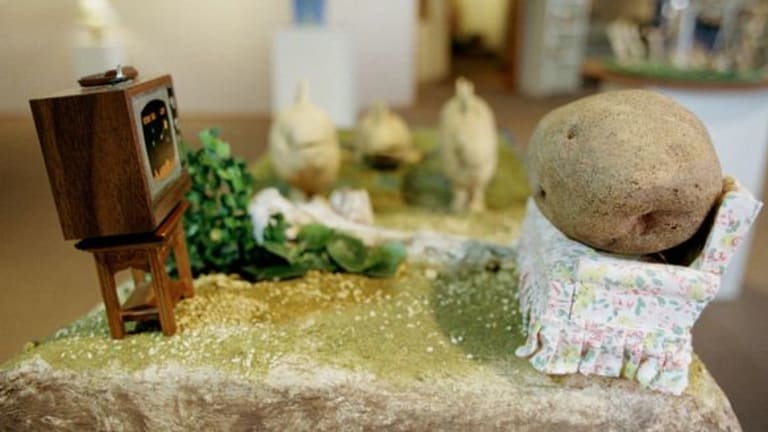Hi, all. This is today's thread for discussing whatever you would like to discuss, tennis included. With no tennis on TV at the moment, I'm sorting out a few pictures for the Tribe that I haven't yet got around to posting - including all those taken at the US Open, and even a few Safin pictures from Wimbledon.
I see that some congratulations are in order, as Dudi Sela reached his first final earlier today, in Beijing, where he will face Andy Roddick in the title match. Also in Beijing, Svetlana Kuznetsova and Jelena Jankovic will play for the title tomorrow. In Bangkok, Novak Djokovic and Jo-Wilfried Tsonga will be tomorrow's finalists; in Seoul, Maria Kirilenko and Sam Stosur have that honour.
For anyone who follows the Champions' Tour, Bjorn Borg and John McEnroe will face off in Luxembourg this evening, with the winner booking his place in the final. I keep telling myself that one day Borg will beat McEnroe again, and tonight could be the night. Perhaps it's a good sign that he clinched a victory over Guillermo Vilas yesterday - just like the old days.
As some of you noticed, there was some confusion about the posting of yesterday's Your Call, with the result that for a short time, there were two. We took my version out of service, but I'm reposting the part of it that follows.
After my Davis Cup photos were posted earlier, several people e-mailed and (among other things) asked me what camera and lens combination I use to take tennis photos; I'm often asked "Do you use a professional camera?". For those interested in the answer, my main camera is the same as is used by many pros - the Canon 1D Mark III. However, I took two other cameras to Madrid - a Canon 40D and a Canon 5D, both of which are used by many amateur photographers, and they did a more than adequate job for me - though in fairness, for sports photography it definitely helps to have a camera that has a fast frame rate and an autofocus system that tracks moving objects. I've seen professionals using those "amateur" cameras too. Having extra cameras means that I can mount a different lens on each, and also means that if one camera fails, I still have the tools to take pictures. Any of these cameras will perform well outdoors; the professional camera can be pushed further indoors, when poor lighting becomes a problem.
The workhorse tennis lens, from courtside, is the 70-200mm F2.8 lens, which is ideal for capturing full-body shots. I also use a 135mm F2 lens, which is less flexible in framing (it's not a zoom) but which throws the background beautifully out of focus. In addition, I carry a 16-35mm F2.8 zoom lens for wide-angled shots, a 24-105mm F4 lens, a 300mm F2.8 lens (for upper-body shots) and two teleconverters (1.4x and 2x). Any of these can be handheld (my longer lenses have image stabilisation), but a very useful accessory is a monopod, to take the weight off the arms.
There are also some professionals I have spotted (in Madrid and elsewhere) using a standard 70-300mm lens alone, which is one of the common zooms owned by amateurs, and, with image stabilisation, this is what I would recommend as the most cost-effective and least heavy solution for an aspiring sports photographer. It wouldn't be much use indoors, because it's not fast enough (maximum aperture is smaller than the pro lenses), but on a sunny day, it works just fine.
The key is to know your equipment very well, and to be ready to react to anything that happens on the court - take your eye off the action, and you can miss the key moments. If you want to be there to capture the celebration pictures at the end of the match, be prepared to move to the end where you think the winner will be, and stick with your subject through the lens until the moment you're looking for comes. If you're taking pictures from the stands, you'll need to stand up immediately at the end, because otherwise people will get in the way of your shot.
For those that had questions, I hope this helps a little.
-- Rosangel Valenti
